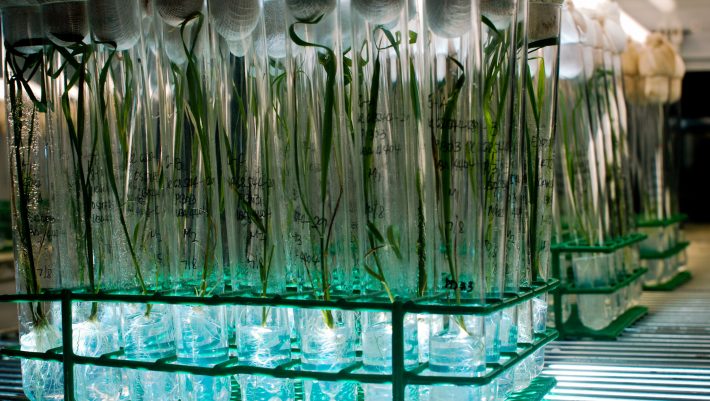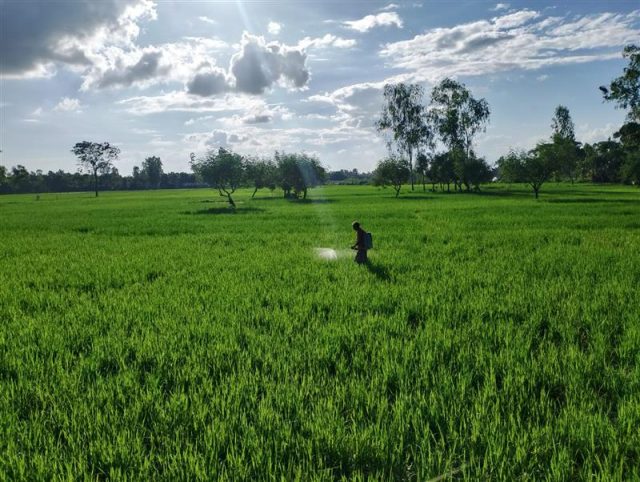Rice variety preferences in Bangladesh: What is the role of public breeders?
- From
-
Published on
15.05.23
- Impact Area

It has been suggested that public breeders should put more emphasis on the integration of public good aspects into their work as compared to private enterprises, so that varietal resistances, for example, should be more important traits than yield. However, this has remained a normative framework so far. It is unclear to what extent the objectives of public breeders really differ from private enterprises’ breeding objectives.
Most crops being grown on the world’s arable land have been bred by private enterprises. However, there are exceptions to this rule. For some crops, in particular perennial ones, the time lag between starting breeding and making a profit is too long to be attractive, so public breeders jump in.
Another exception is rice in Southeast Asia. Both international actors like International Rice Research Institute (IRRI) and national research organizations are active in providing a major share of rice species used for production.
It has been suggested that public breeders should put more emphasis on the integration of public good aspects into their work as compared to private enterprises, so that varietal resistances, for example, should be more important traits than yield. However, this has remained a normative framework so far. It is unclear to what extent the objectives of public breeders really differ from private enterprises’ breeding objectives.
Different actors in the food value chain have different demands on the attributes of a variety. In the case of rice, for example, rice that grows well as is resistant to a large scale of diseases and insects is not necessarily well suited for milling. In the case of privately bred varieties, it can be assumed that the “invisible hand of the market” will lead to varieties being adapted to the needs of both farmers and millers. But does this also apply to the work of public breeders?
Related news
-

Reinventing Kenya’s Snack Future with Dryland Grains
International Crops Research Institute for the Semi-Arid Tropics (ICRISAT)21.11.25-
Nutrition
-
Poverty reduction, livelihoods & jobs
Faces of Impact - Video Feature Story On a quiet backstreet in Mihango, Kenya, the…
Read more -
-

Cultivating climate-smart rice: How specific cultivars and smarter fertilizing can cut emissions and maintain yield
International Rice Research Institute (IRRI)19.11.25-
Climate adaptation & mitigation
-
Food security
By Bushra Humaira Sadaf A team of researchers from the Bangladesh Rice Research Institute (BRRI), I…
Read more -
-

COP30 can enable Greening Plant Nutrition in East and Southern Africa
International Rice Research Institute (IRRI)17.11.25-
Nutrition
Image creditAfrica rice farming by majimazuri21, Pixabay Licence By Jamie Males (republished from …
Read more -
